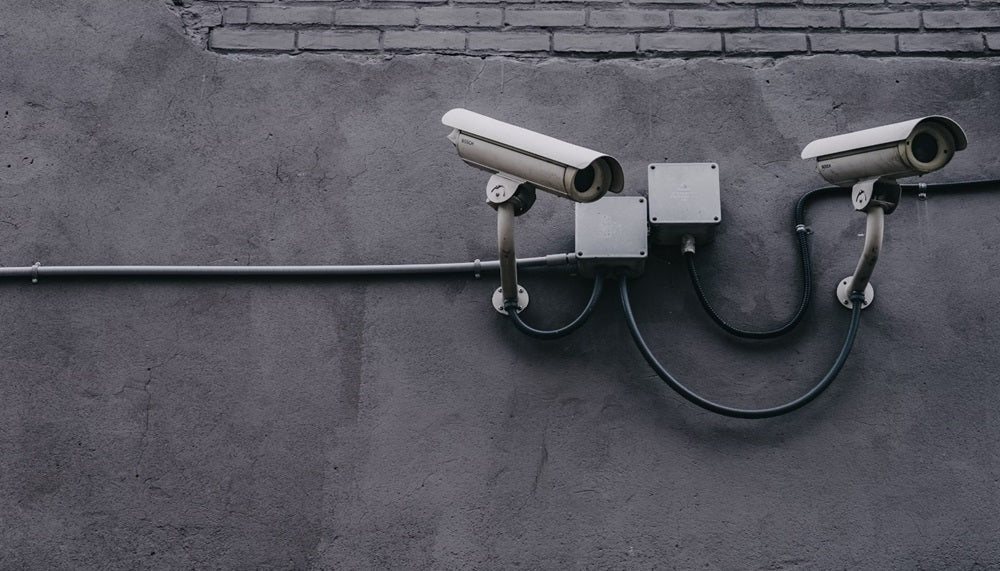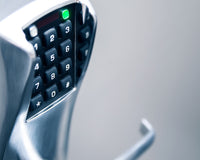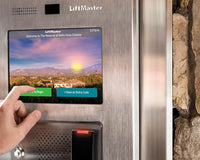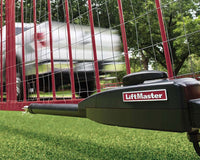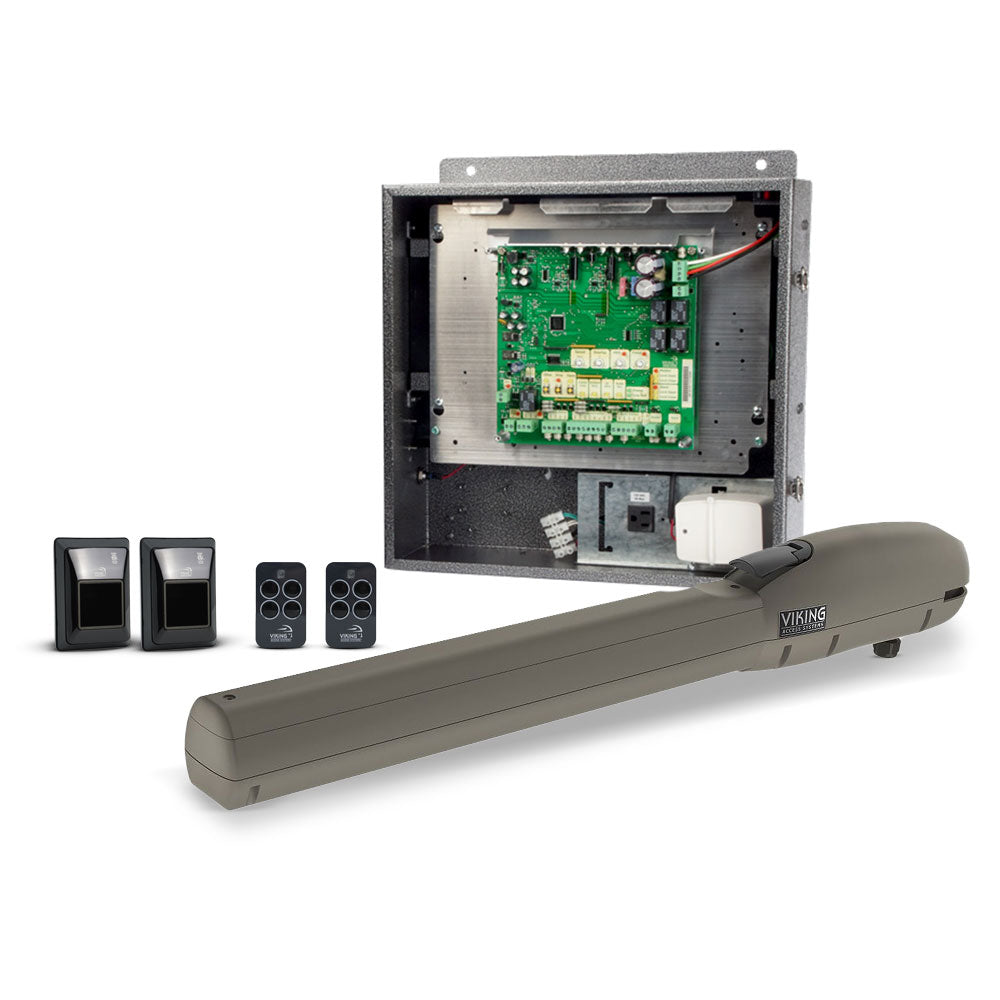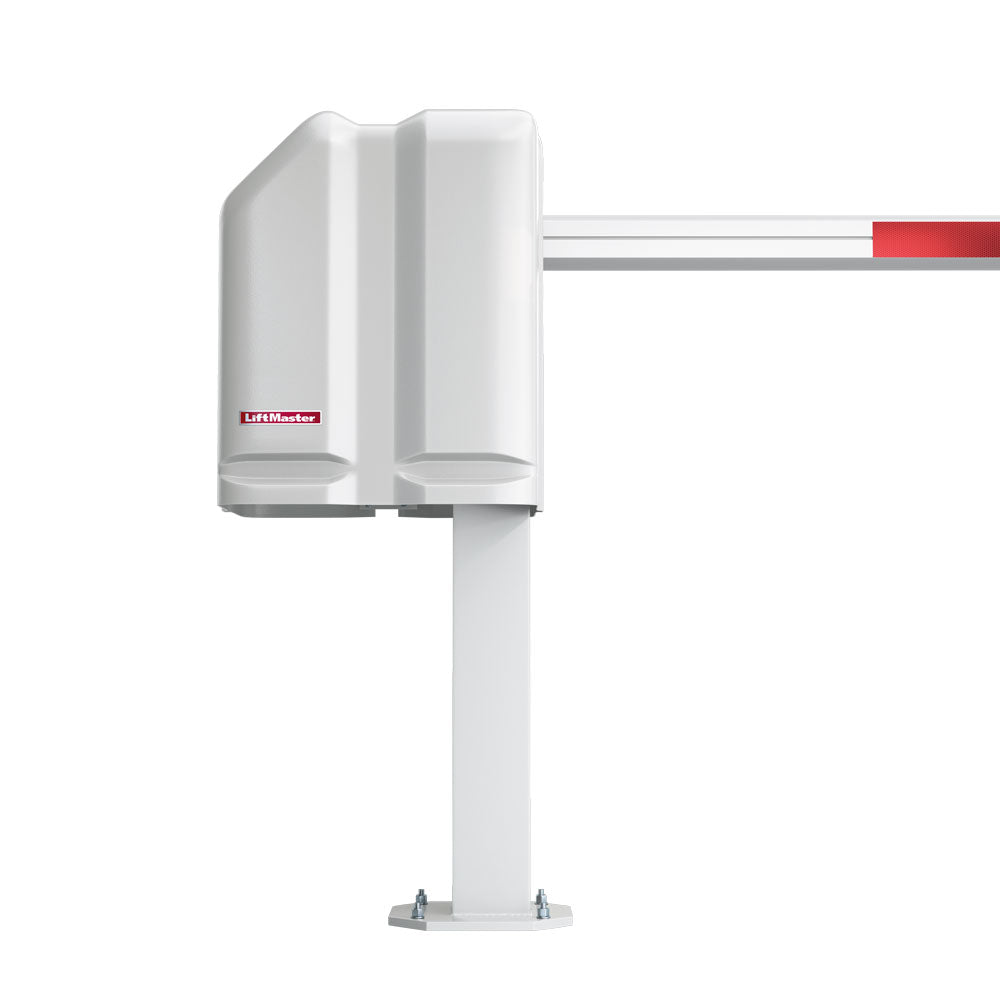Hospitals are, without a doubt, sanctuaries of healing, institutions whose main function is to ensure that every patient and staff member is taken care of in the most efficient and safest ways possible. However, maintaining a secure environment for patients, staff, and visitors continues to prove difficult in the world’s current digital landscape.
Traditional Security measures like security guards and access control systems form a critical foundation for basic hospital security. However, the ever-evolving healthcare landscape requires the adoption of innovative technological solutions to address newly developed, complex security challenges.
Let’s dive straight into some of the innovative technologies that now make up a modern hospital security system.
Artificial Intelligence (AI) for Surveillance
Artificial intelligence is revolutionizing how hospitals approach the setup and use of security systems. Video analytics used to be a technology that was reserved for government security agencies or exorbitantly expensive security surveillance equipment. However, video analytics powered by AI can now analyze live security camera footage to detect suspicious activities like loitering or unauthorized access to restricted areas.
UNV Panoramic Turret and Bullet Wide Angle Network Cameras
The integration of artificial intelligence with standard hospital security can help reduce the workload of security personnel, allowing them to focus their attention on real threats and the provision of swift response. Additionally, AI can be used to analyze historical data to identify patterns and predict potential security risks.
Real-Time Location Services (RTLS): Keeping Track of People and Assets
Real-time location services (RTLS) technology uses radio frequency identification (RFID) tags or active badges to track the location of individuals and equipment within the hospital. This technology is especially useful in large institutions where a lot of people have access to the same equipment that needs to be tracked at all times.
The RTLS technology is invaluable in situations where you need to locate missing patients, especially those who are prone to wandering or ensuring proper staff presence in critical areas. Additionally, RTLS can be used to track valuable medical equipment, minimizing the risk of loss or theft.
Note: Before using any type of Real-Time Location Services, ensure that the regulations and laws in the state or country where your hospital is located allow it. To prevent privacy breaches, ensure that the patient knows that they can be tracked at all times if necessary.
Integrated Access Control Systems
Modern access control systems go beyond the typical use of simple keycards or keypads. These systems are designed to seamlessly integrate with other security technologies like RTLS, smart locks, video surveillance, and perimeter detection systems.
Biometric identification systems that use fingerprint or facial recognition technology can control access to specific areas, making sure that access is granted to authorized personnel only.
This layered approach to hospital security, especially in areas that house sensitive patient data and medication, helps to strengthen the overall security of any hospital.
Automated Threat Detection and Response
Hospitals tend to face unique threats like bomb scares and active shooter situations, which is why an automated threat detection system that can analyze social media posts, news feeds, and even weather patterns, in some cases, to identify potential risks before they escalate is a necessity.
Automated threat detection systems can be integrated with emergency response systems, ensuring that security personnel can proactively prepare and deploy appropriate measures to safeguard the hospital and its occupants. These systems can be integrated with smart locks and HVAC systems to enhance threat deterrence.
This technology has been used extensively for cyber threats but is still experimentally used to detect physical threats. These systems are typically integrated with some form of artificial intelligence to perform their functions properly.
Cybersecurity Solutions
Hospitals are burdened with loads of sensitive patient information, and it’s the job of every hospital to safeguard the data of their patients and staff against cyber-attacks.
Cybersecurity breaches can have devastating consequences, compromising patient privacy and disrupting critical healthcare services. Advanced firewalls, intrusion detection systems, and data encryption technologies are crucial in protecting patient data and ensuring HIPAA compliance.
Panic Buttons for Staff
Panic buttons have been in use in various institutions for many decades now, and for a good reason, too. Panic buttons are effective at ensuring the safety and security of personnel in hospitals in case of an emergency. Typically, panic buttons are installed in various strategic locations around a hospital, and the staff are made aware of the various locations for quick access.
The best part of panic buttons is that they can work discreetly without alerting an intruder that they have been set off. Depending on how a panic button is configured, it can be integrated with other security systems and set to activate to activate custom security protocols.
Human Integration With Security Systems
In the end, innovative technologies can only go so far in providing enhancements to a hospital’s security; humans are still a basic requirement of any security system. Hospital security personnel, or healthcare security officers as they are typically called, remain a cornerstone of hospital security.
By integrating innovative technologies like the ones described above, it empowers the security personnel to:
- Reduce False Alarms: AI-powered video analytics can significantly reduce the number of false alarms produced by traditional motion detectors. This frees up hospital security personnel from unnecessary interventions, allowing them to focus on genuine security risks.
- Enhanced Situational Awareness: Real-time location services and integrated security systems allow hospital security personnel to have a comprehensive view of the hospital environment. This allows them to respond more effectively to incidents and allocate resources efficiently.
- Improved Communication and Collaboration: Since many security solutions offer real-time communication tools like instant messaging or integrated radio systems, they allow for seamless communication and coordination between security personnel, medical staff, and emergency services in case of an emergency.
Benefits of Innovative Hospital Security Beyond Security
The benefits of implementing innovative security technologies extend beyond safeguarding lives and assets in a hospital.
Some additional benefits include:
- Improved Patient Flow: RTLS systems can help identify bottlenecks in patient flow, allowing for better resource allocation and streamlining the hospital security processes for a more efficient patient experience.
- Enhanced Staff Safety: Real-time location services can assist in locating staff members or patients in case of emergencies or assaults, promoting a safer work environment for healthcare professionals and patients.
- Reduced Operational Cost: AI-powered analytics have proven useful in helping to identify areas for improvement in security operations, which could potentially lead to critical cost savings in the long run.
Challenges and Considerations When Installing Advanced Hospital Security Systems
Integration and Interoperability
One of the primary difficulties of installing advanced hospital security systems is the difficulty in ensuring seamless integration between various security solutions from different vendors, as this can be a complex task, especially when they were not designed from scratch to work together.
Cybersecurity Concerns
As hospitals continue to rely more on technology, their susceptibility to cyberattacks increases exponentially. Therefore, robust cybersecurity measures must be put in place to work alongside any new technologies to ensure that hospital data is safeguarded at all times.
Hospital Security
The future of hospital security lies in the continuous integration of modern technologies to ensure a collaborative ecosystem where security personnel can leverage the power of technology for the good of the overall Hospital’s security.
All Security Equipment specializes in providing highly sensitive facilities, such as hospitals, factories, military bases, and biological storage facilities, with innovative and reliable security and surveillance equipment that potentially enhances hospital security and improves personnel safety.
Check out our collection of security equipment to learn more about our offerings.

